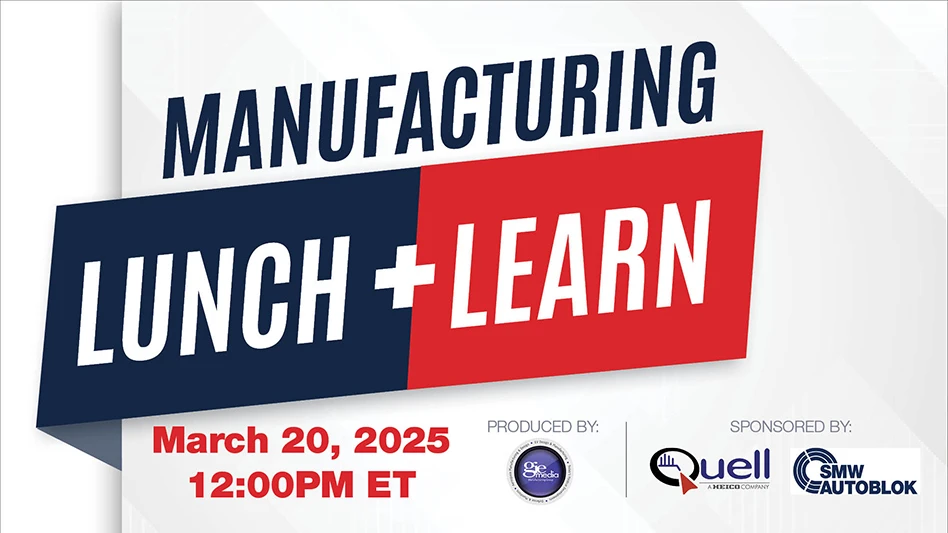
Many people hoped for a waning pandemic and a boost to the economy in 2022. Some possibly expected inflation – at least until supply chain disruptions eased and manufacturers increased output. But expectations have changed since western nations started imposing increasingly harsh sanctions on Russia for invading Ukraine.
During CNBC’s “Closing Bell” program March 10, 2022, U.S. Treasury Secretary Janet Yellen said, “We’re likely to see another year in which 12-month inflation numbers remain very uncomfortably high.” Hours earlier, the Labor Department reported consumer prices rose 7.9% in February, the fastest pace in 40 years.
For those of you who don’t have first-hand experience with high inflation, consider these tips.
Borrow while the cost of money is cheap. Act now to secure low interest rates for planned capital expenses or as an emergency fund, as the Federal Reserve will raise interest rates throughout the year.
Scott Walker, Chairman, Mitsui Seiki (USA) Inc., a sales manager in the 1970s, remembers when house mortgage interest rates were 17%. He believes “banks will tease-lend with adjustable rates, then pound the interest rates later in the load – and only lend capital for investment this way.” He says you may need similar flexible cost increases to cover your rising costs.
Negotiate surcharges upfront. Much of the inflationary rise comes from higher fuel prices and increasing transportation costs that producers must absorb or pass along. It may make sense to decouple fuel costs from your price quotes and warn customers of a variable cost for transportation as a surcharge on delivery.
“Truckers could only get 10 gallons of diesel each time they needed fuel,” Walker recalls. “This will delay shipments, greatly increase transportation costs, and make builders accept FOB port-of-entry terms. For custom-built machine tools with long deliveries, few will accept this approach.”
Lock-in material supplies. It may be too late to increase raw material inventories, but if you can anticipate firm demand in the next 12 months, stock up now. At least, investigate alternative supply sources. Ask customers if they can share your expense of carrying inventory.
Walker agrees, “Cost-sharing of inventory carrying charges is a good idea.”
Apply common sense. Granted, you do this now, but maybe re-evaluate where you can save a bit more, such as finding new ways to reduce waste, benefit from predictive maintenance, or streamline workflow. Your shop floor workers likely can identify some wasteful practices or inefficient procedures.
Maintain communications. Keep customers in the loop as you get higher-priced invoices from your suppliers. These surprises aren’t welcome, but advance notice makes it easier for everyone to plan a response, such as consolidating shipments.
“It’s all about people and communications,” Walker reminds us. “During the pandemic with order cancellations, the key statement was: ‘We’re in this together. We’ll get out of this together.’” – Eric
Get curated news on YOUR industry.
Enter your email to receive our newsletters.
Explore the April 2022 Issue
Check out more from this issue and find your next story to read.
Latest from Aerospace Manufacturing and Design
- Ralliant to establish global headquarters in North Carolina
- Philatron MIL-DTL-3432 military cables
- Beyond Aero refines its hydrogen-electric light jet
- Americase's advanced protective solutions
- Social media - what are your thoughts
- GE Aerospace secures Air Force engine contract
- Thomson Industries' online sizing and selection tool
- #53 - Manufacturing Matters - 2024 Leaders in Manufacturing Roundtable






